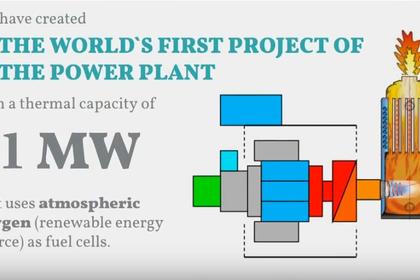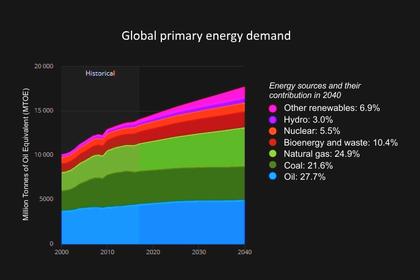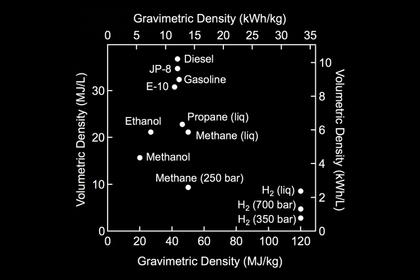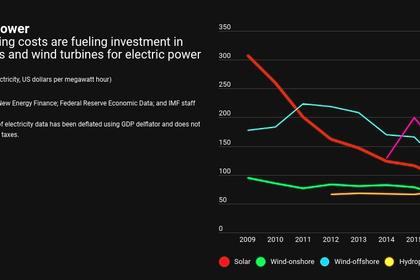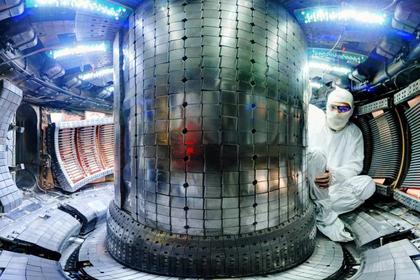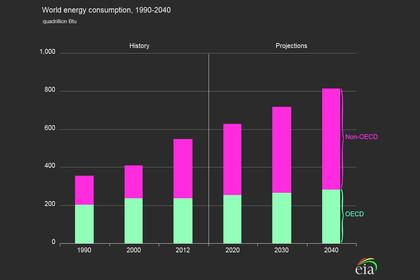
SOME PROBLEMS OF WORLD ENERGY. PART TWO.
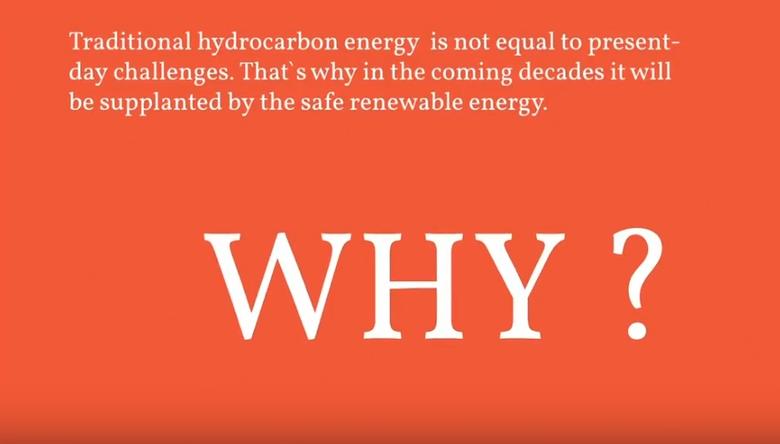
|
|
Aleksandr KostrytskyiOxygen power plant, "ION" Energy saving technology General Manager of the project "Oxygen Power Plant"
E-mail:anndress@ukr.net |
In the previous article we described some of the problems of world energy and gave a brief description of nuclear energy, solar panel energy and their comparison with promising oxygen energy, and this article received wide interest from those who read it. And this is despite the fact that we give only a superficial analysis.
We are grateful to you for this, and this suggests that today many people are concerned about the problems of energy, and therefore the future of our civilization as a whole. Unfortunately, this cannot be said about the governments of countries, especially democratic countries that are able to influence the situation and change it, but who do not have such a desire.
Therefore, we decided to continue and in this article we will briefly describe some of the problems of the existing hydrocarbon thermal power industry.
The pace of development of our civilization is strictly connected with the volume and intensity of consumption of energy resources. The more efficiently the fuel is used in the country, the higher the level of development of its economy.
Today the world production of heat, mechanical and electrical energy exceeds 50 trillion. kW / h per year or 5.7 billion kWh per hour. At the same time, more than 80% of the production of all types of energy comes from the burning of fossil fuels - hydrocarbon energy.
Thermal hydrocarbon energy.
Advantages and disadvantages of this type of energy generation:
- The specific cost of generating thermal energy generation ranges from $ 1,500 to 3,000 per 1 kW of maximum station power, depending on the type of fuel used.
- A fairly high cost of electricity produced is about $ 0.06-08 per 1 kW / hour.
- The need to deliver huge amounts of fossil fuels to the power plant: coal, oil or gas, which requires special transport systems - pipelines or railway tracks.
- Annual burning in huge quantities of limited and non-renewable reserves of raw materials for the chemical industry - coal, oil or gas.
- Huge emissions of sulfur oxide into the atmosphere (in the countries of the European Union - up to 50 kilograms per person per year) and, as a result, acid rain destroying forests and water bodies.
- The maximum negative impact on the environment - release into the atmosphere in huge quantities of carbon dioxide, oxides of nitrogen, sulfur, lead, etc. When burning fossil fuels by motor transport and thermal stations, only carbon dioxide throughout the world annually releases more than 20 billion tons into the atmosphere, and this is the greenhouse effect and global warming.
- Air pollution from dust and soot is another direct result of the use of fossil fuels and leads to the formation of smog and degradation of human health, inhibits plant growth.
- And at the same time it is worth thinking about the huge dumps of ash in coal-fired power plants, how to dispose of them? Maybe make them building materials - slag stones, slabs, etc.? But what about the increased radiation background of this ash, which can be a hundred times higher than the natural background?
- Low emergency danger of thermal power plants. But, is it worth to consider this advantage, given the terrible environmental disasters that result in the destruction of ecosystems during coal mining and accidents during oil production.
Any of the types of energy generation indicated in these articles is either harmful to the person himself, or is on the verge of extinction, or deadly in the event of an accident or the power unit is out of service. And this is not to mention the huge costs of creating power generation facilities and ensuring its constant generation (operating costs).
If we consider the described types of energy generation, it becomes clear that a person, increasing his energy power due to their development, is digging a hole for himself, and condemning his descendants to death or genetic degeneration.
There is only one advantage to hydrocarbon energy - the huge revenues generated by oil and gas producing countries and companies. These “masters of life” over the past 50-60 years have become so accustomed to the unprecedented luxury obtained by deceived consumers, that they can no longer refuse it.
If we take into account that, in most cases, oil production costs up to $ 10 per barrel, and it is sold at $ 50– $ 60, and sometimes at $ 130, then it becomes clear why oil corporations hold on to hydrocarbon energy.
But, the question arises, why do democratic governments of different countries, including Europe and the USA, hold onto it in the same way? The answer can be inplace in one line - they all have their share in the production, transportation, processing and sale of energy. So maybe they are not so democratic?
Therefore, the governments of different countries only pretend that they support developments in the field of alternative energy, limiting themselves only to the energy of the sun and wind and are well aware that these types of energy - for various reasons - never constitute a real competition for hydrocarbon energy.
And the proposed oxygen energy is worse than a nuclear bomb for them - they will lose most of their significance and political influence, and, of course, their income.
Of course, the answer to this question is much broader and affects a much larger range of interests, but we will write it out in more detail in our next article.
At the end of this article we will dwell on some characteristics of oxygen energy, as a real alternative to all existing types of energy generation.
We already wrote about the low cost of creating the generation of energy of such power plants and the minimum cost of the electricity they produce in the previous article. Now we want to point out some other advantages of such energy generation.
one). The proposed project to create a new-generation thermal power plant has a great positive effect on reducing the load on the ecology of the environment. The implementation of the products of this project will:
- reduce the formation of carbon dioxide emitted into the atmosphere;
- reduce emissions of sulfur and other harmful substances into the atmosphere of the planet;
- To reduce the consumption of fossil fuels by many times;
- save millions of hectares of forest from logging every year.
2). Power plants of this type can be installed in every city and village on Earth, which will allow virtually all territorial communities to switch to their own full provision of cheap heat and electrical energy, including for space heating and to refuse to use any other types of fuel. The same power plants of various capacities can be created for the autonomous supply of energy to industrial facilities.
3). Another advantage of the autonomous regional energy supply of individual objects and territorial communities lies in their much greater resistance to the effects of natural and man-made disasters. In this case, an accident on the power line hundreds of kilometers from the consumer will not lead to its disconnection from the power supply, and the station layout with three separate power units will remove this problem even in case of a planned or emergency stop of some of them.
four). A power station of this type is easily put into operation anywhere on the globe and, if necessary, is also easily taken out of service, after which it will not even require reclamation of the land plot on which the station was located. Moreover, the life of such a station is not limited by anything - during operation, the wear parts and components are simply replaced.
Taking into account all the listed advantages of oxygen energy, we are constantly pursued by the question - why do the governments of developed “democratic” countries - Japan, Europe and North America not want the introduction of oxygen energy? We will give a broader answer to this question in our next article, as well as we will touch on it in some other types of energy that are not yet mentioned in our articles.
In our subsequent articles, we will also try to analyze some common problems of the global energy industry, and ways to solve them.
-----
Earlier:
